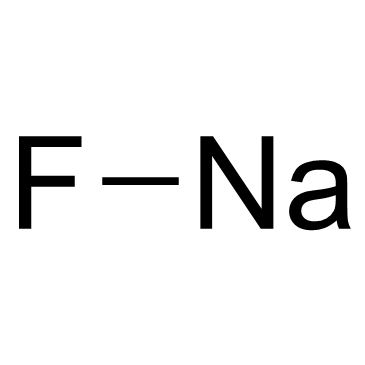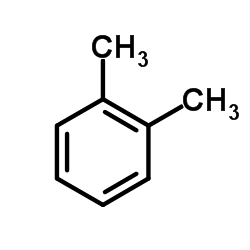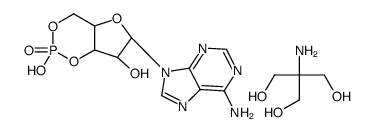| Structure | Name/CAS No. | Articles |
|---|---|---|
 |
Glycerol
CAS:56-81-5 |
|
 |
Sodium Fluoride
CAS:7681-49-4 |
|
 |
Acetone
CAS:67-64-1 |
|
 |
sodium chloride
CAS:7647-14-5 |
|
 |
Ethanol
CAS:64-17-5 |
|
 |
sodium dodecyl sulfate
CAS:151-21-3 |
|
 |
Formaldehyde
CAS:50-00-0 |
|
 |
8-Bromoadenosine
CAS:2946-39-6 |
|
 |
o-xylene
CAS:95-47-6 |
|
 |
ADENOSINE 3':5'-CYCLIC MONOPHOSPHATE TRIS SALT
CAS:102029-77-6 |